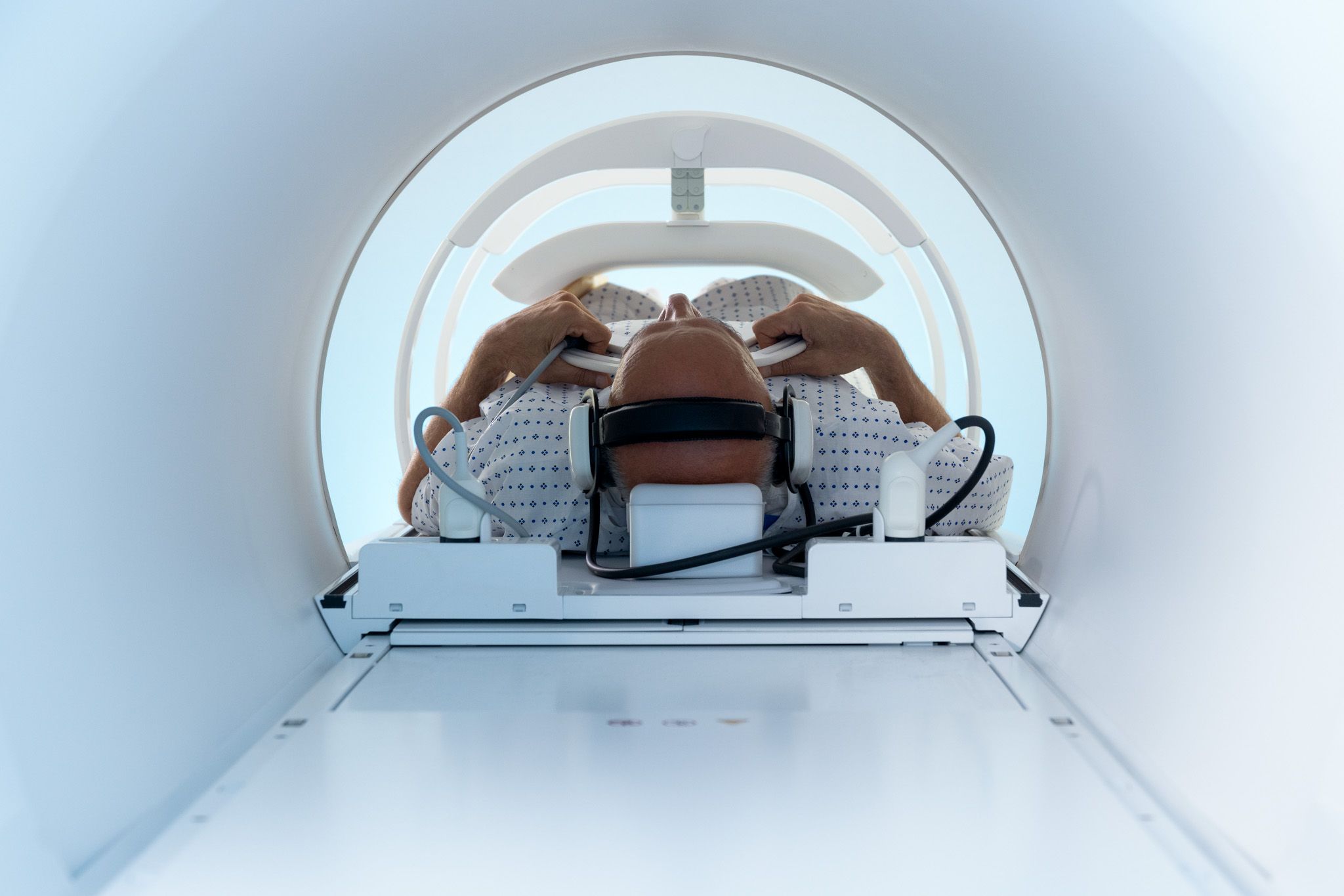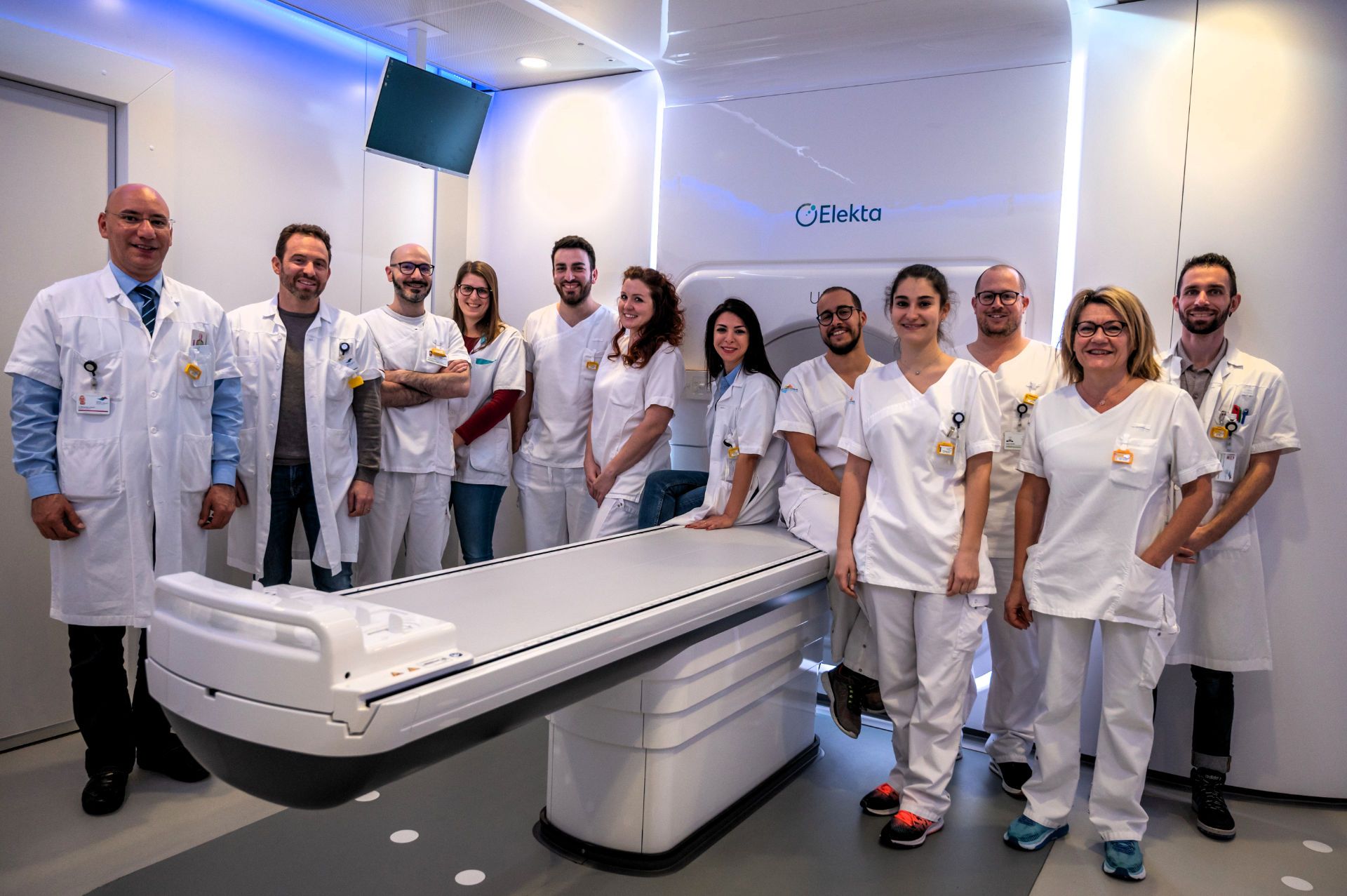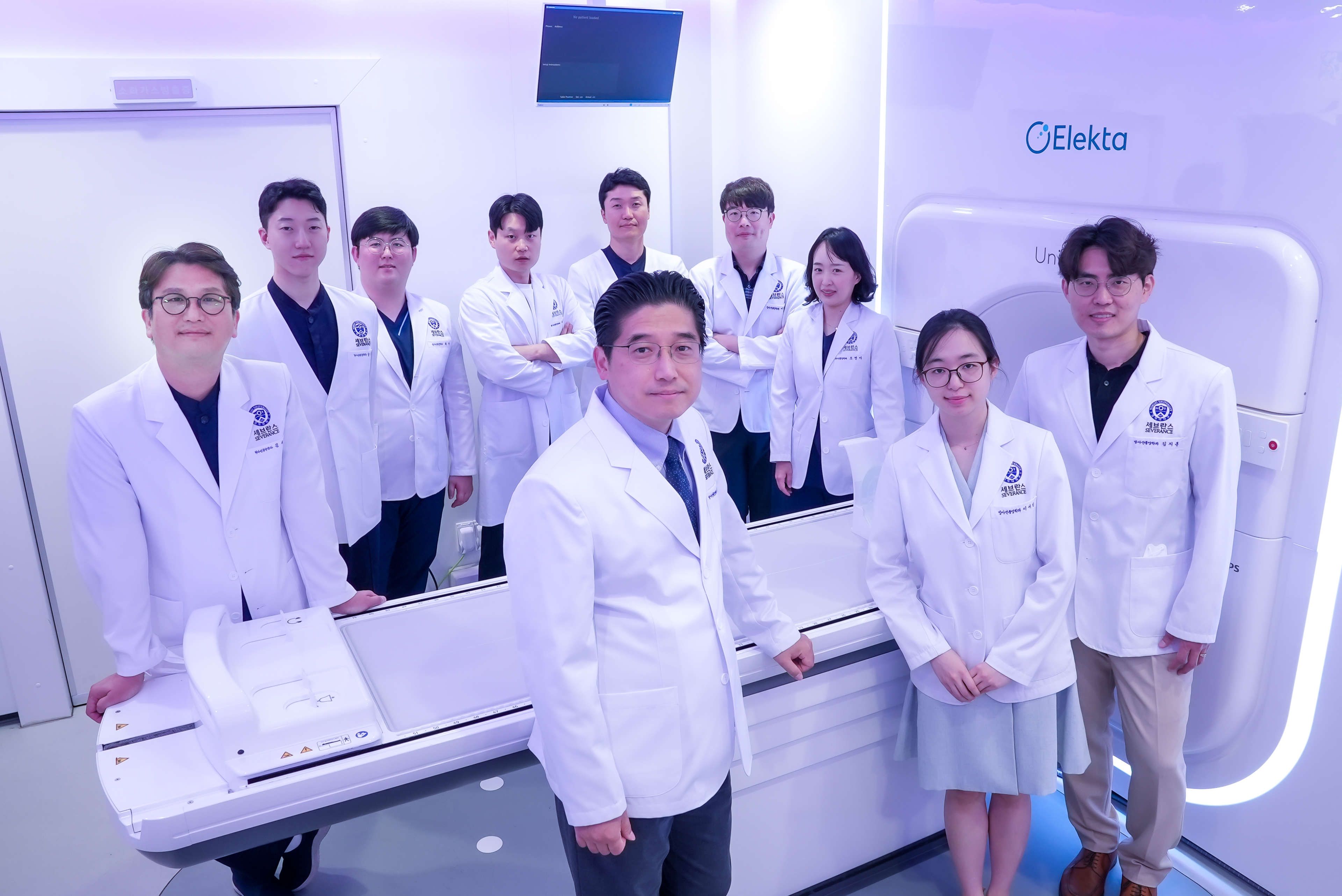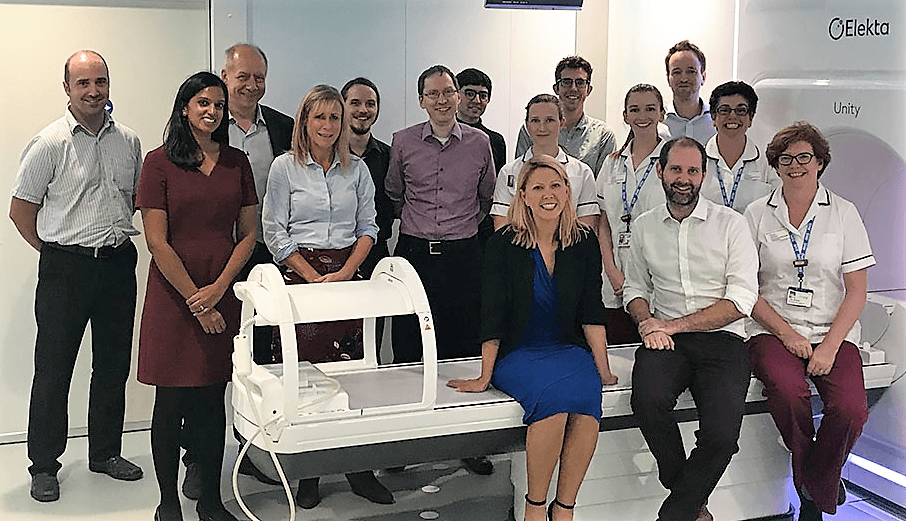Precision of MRgRT with Elekta Unity MR-Linac helps patients with rectal cancer avoid colostomy
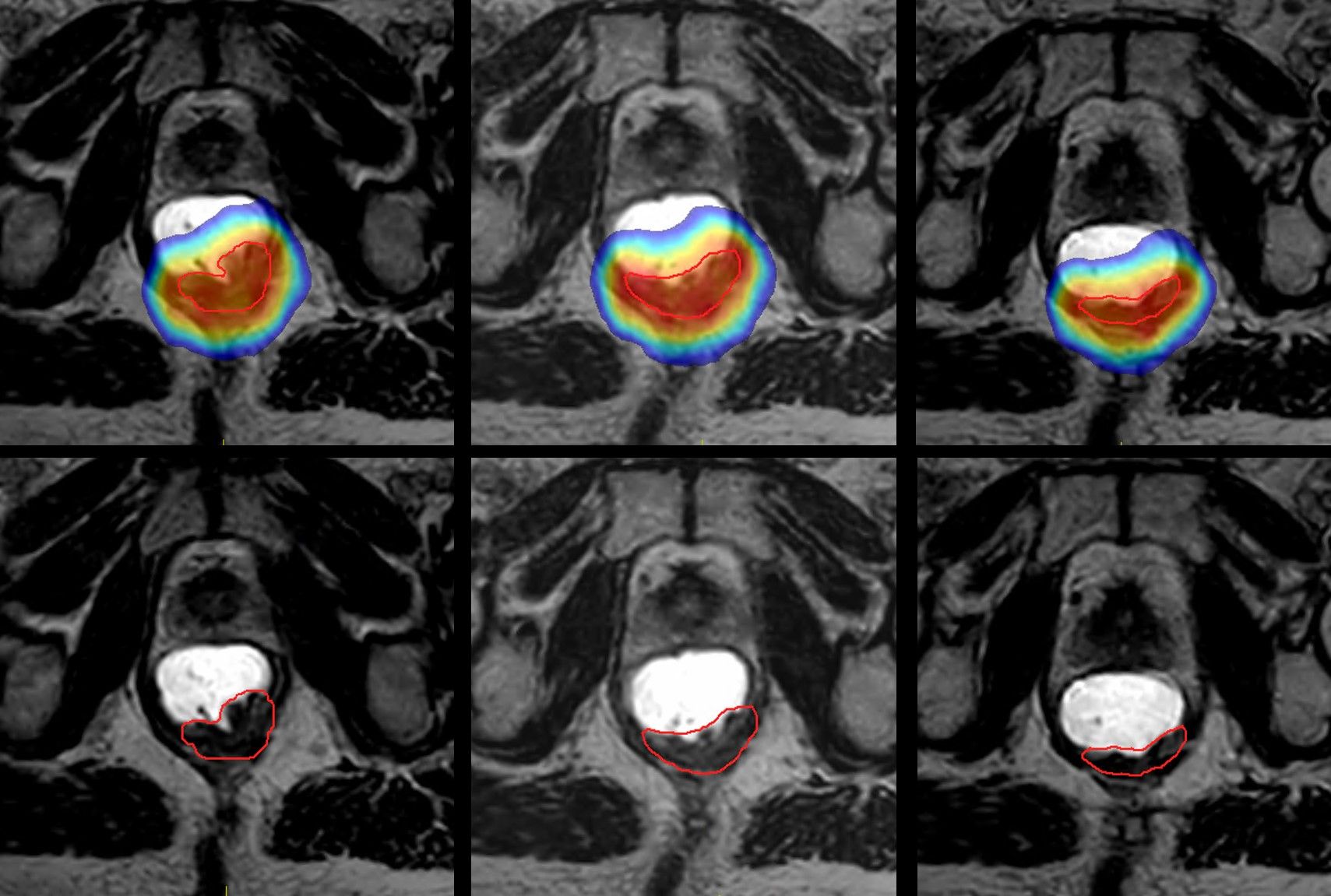
MR-guided dose escalated, organ-preserving radiotherapy offers patients a better quality of life
A standard of care for treating distal rectal cancer is chemoradiation followed by surgical removal of the tumor, which can often result in patients requiring a colostomy. However, clinicians at Germany’s University Hospital Tübingen are working to change the way rectal cancer is treated by employing their Elekta Unity MR-Linac to deliver a high-dose boost to the tumor to avoid surgery. Tübingen physicians have recently reported the initial results of this new treatment approach, concluding that: “Dose-escalated online response-adaptive MR-guided radiotherapy (MRgRT) appears to be a very promising treatment with the goal of organ preservation in rectal cancer leading to high response rates, excellent organ function and limited side effects.”1

“Patients are interested in MRgRT because we can offer a treatment alternative that promises a very high quality of life and without lowering the chances of cure,” says University Hospital Tübingen radiation oncologist and study principal investigator Prof. Cihan Gani. “It’s a major advantage, as surgery often results in the removal of the entire rectum with the sphincter and permanent placement of a colostomy.”
“The Elekta Unity protocol allows us to give very high doses to the tumor and the potential to maximize complete remission in this patient group.”
“If we see after chemoradiation that there is nothing but a scar within the rectum, we can put patients on active surveillance with periodic MRI’s and rectoscopies, and thus – with this ‘clinical complete response’ – they avoid surgery,” he says. “The problem with standard doses, however, is that only a small number of patients show a complete response. Our goal was to develop a treatment protocol that employs dose escalation to increase clinical complete response rates for the majority of patients with early rectal tumors and a very favorable prognosis. The Elekta Unity protocol allows us to give very high doses to the tumor and the potential to maximize complete remission in this patient group.”
According to Prof. Gani, delivering these very high doses is impractical with any system other than Elekta Unity, as a conventional linac lacks the imaging capability to clearly visualize rectal tumors, much less how they shrink and move throughout treatment. As a result, the use of large margins is required to account for uncertainty, which makes dose escalation inadvisable.
“With the MR-Linac we can deliver high doses to the primary tumor in an adaptive manner – delineating the tumor every day that we use this boost – thereby sparing the healthy parts of the rectum,” he says.
Improved clinical response seen with weekly MR-guided boost
Individuals with rectal cancer who qualify for Tübingen’s MR-guided dose escalated organ-preserving radiotherapy are those with T1-T3 non-circumferential early stage tumors in the mid- or distal rectum.
For the first five1 and 15 subsequent patients, the protocol applies radiotherapy with concomitant chemotherapy (5-FU) on a conventional linac (Versa HD) to the primary tumor, the mesorectum and internal iliac lymph nodes (CTV1), with a seven to 10 mm PTV-margin. The CTV1 was treated with 1.8 Gy per fraction to a total of 45 Gy and a simultaneous integrated boost (SIB) to the primary tumor (CTV2) was applied with 2 Gy per fraction to a total of 50 Gy (CTV2).

“In addition, patients were planned for a weekly response adaptive boost fraction* with 3 Gy per fraction on Elekta Unity at least six hours apart from the previous or successive fraction,” Prof. Gani says. “In cases of strong shrinkage, we decided to discontinue the weekly boost fractions and continue with the fractionated treatment as the primary tumor had already vanished.”
Total time for the boost on Elekta Unity from imaging until completion of beam application averages approximately 22 minutes, a short time due to the typically small size and simplicity of the target.
The effect that the fractionated and boost protocol has had on rectal tumors during the treatment course has made a significant impact on patients, he adds.
“The beauty of MR guidance is that we can track how the tumor is shrinking from week to week and we actually show our patients these pictures – they really love it.”
“The beauty of MR guidance – beyond helping patients avoid a colostomy – is that we can track how the tumor is shrinking from week to week and we actually show our patients these pictures – they really love it,” Prof. Gani says. “There are some patients who want a printout every week so they can see the tumor shrinking.”
Patient-reported outcome for treatment comfort and acceptability was good, with patients finding it “easy to stay still and maintain the treatment position.” No high grade PRO-CTAE toxicity was observed at six-month follow-up. At the time of the 2022 report none of the patients underwent radical surgery.1
“For the ensuing 13 patients so far, the trend of very high complete response rates has continued, which is a very clear signal that our protocol is robust,” he notes.
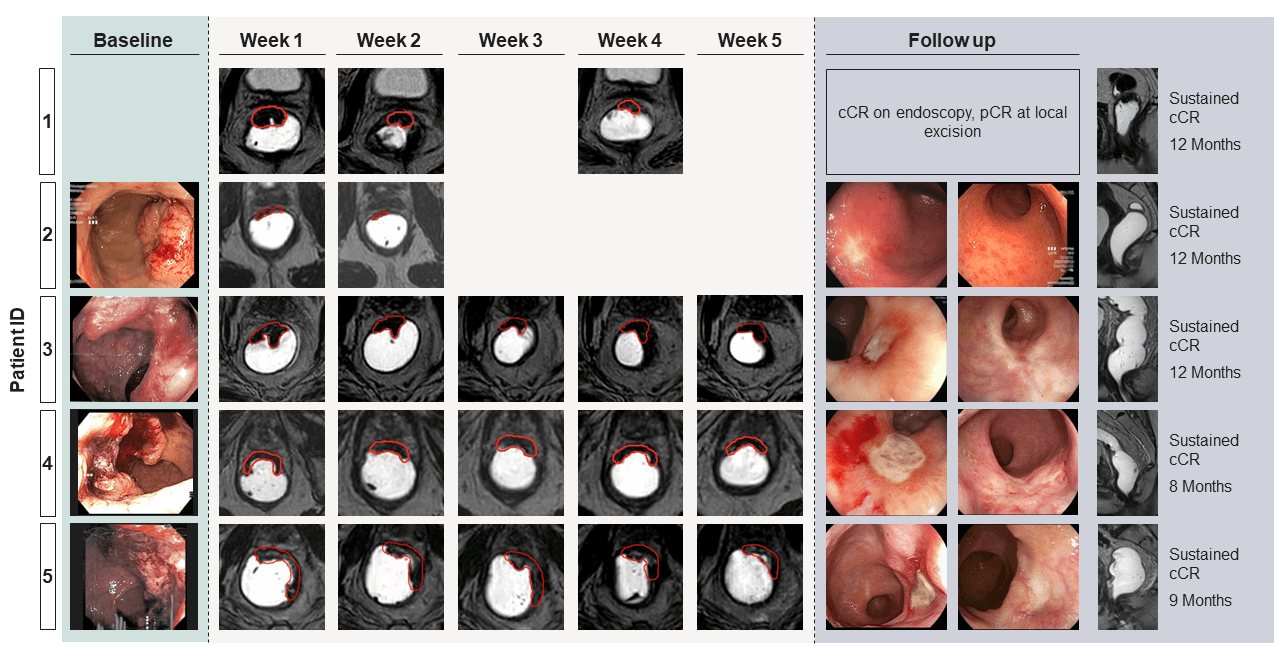
Surgeons on board to define optimal treatment to patients
Prof. Gani stresses that surgeons, through interdisciplinary meetings, are an indispensable partner when it comes to providing each patient optimal care.
“We are very happy to work together with our fantastic surgeons who are very proactive in supporting the least radical options feasible for patients,” he says. “We discuss every patient case and whether we can expect a gain in quality of life by organ preservation, particularly for those who do not need colostomy after surgery. Many of these patients can be cured with surgery alone, without radiotherapy or chemotherapy.”
Trial aims to build evidence base
The results of the MR-adaptive dose escalated radiotherapy in rectal cancer (“MARS”) technique were sufficiently positive to earn additional research support for building the evidence base. More Elekta Unity centers worldwide will begin to use this technique in a trial with the help of Elekta’s Hypothesis Testing Program (HTP).
“We need to generate more evidence within an HTP-supported clinical trial, and this study also will help us define the optimal dose for these patients,” Prof. Gani says. “For now, we’re using 3 Gy per fraction, and we want to explore whether we could use a higher dose and maintain low toxicity. And a trial allows us, within standardized inclusion and exclusion criteria, to prove the hypothesis that MR-guided radiotherapy does increase the clinical complete response rates in these patients, and results in superior quality of life compared to patients who receive surgery.”
He adds that the MR-Linac Consortium has been a “fantastic platform” to exchange and interact with other colleagues internationally who use Elekta Unity to treat rectal cancer.
“It will be part of the ongoing MOMENTUM international registry for evidence-based introduction of MR-guided adaptive therapy, so that will be very useful for us to collect all of the data of these patients.”

“It has been valuable to exchange with them about their experience on the device and also to join forces with them on this study proposal [designated HTP-2],” Prof. Gani says. “It will be part of the ongoing MOMENTUM international registry for evidence-based introduction of MR-guided adaptive therapy, so that will be very useful for us to collect all of the data of these patients, and learn more about their disease and, for instance, why most patients respond and some don’t.”
Learn more about MRgRT with Elekta Unity.
*Patients prepared for boost fractions with the rectal application of 100 ccm of commercially available ultrasound gel, which significantly increases tumor contrast and also distends the rectum to avoid irradiating healthy rectal mucosa.
References
- Boeke S, Uder L, Ehlers J, et al. Online MR guided dose escalated radiotherapy for organ preservation in distal rectal cancer. Clin Transl Radiat Oncol. 2022 Oct 15;37:153-156. doi: 10.1016/j.ctro.2022.10.003. PMID: 36339638; PMCID: PMC9630771.
LARMRL240229
